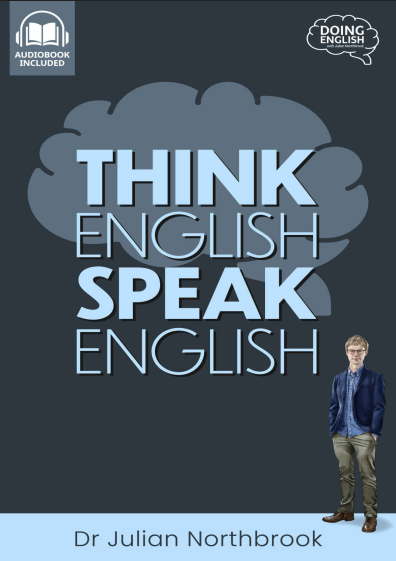
Think English, Speak English | Free PDF Download
Please share this book
The download button will start your download and show a message from our advertisers in a new window.
Think English, Speak English: An Honest Review
For many English learners, the biggest hurdle to achieving fluency isn’t a lack of vocabulary or grammar knowledge, but the constant, time-consuming process of translating from their native language. This internal monologue can slow down conversation and make speaking feel unnatural. The book “Think English, Speak English” directly addresses this problem, promising a method that helps you rewire your brain to think directly in English. It’s a bold claim, but one that has the potential to be a game-changer for anyone struggling to move past the intermediate stage.
I’ve had a chance to read through this book, and I want to share my honest thoughts. Does it provide the practical steps needed to make this mental shift, or is it just a theoretical concept? Let’s take a closer look.
Why Thinking in English is the Ultimate Goal for Fluency
True fluency isn’t just about being able to form correct sentences; it’s about being able to do so effortlessly and automatically. The moment you stop translating in your head is the moment you begin to speak with a natural flow and rhythm. By thinking in English, you build a direct connection between concepts and their English words, bypassing the need for a mental middleman. This makes your communication faster, more confident, and ultimately, more effective.
A Deep Dive into the Book’s Core Concepts
This book is a fantastic resource for anyone who wants to improve their life. It’s a complete package that provides a structured path to learning the language.
The No-Translation Method
The book is organized logically, with each unit focusing on a specific grammar topic. It starts with a review of key concepts and then moves on to more complex topics. Each section is filled with activities that help students understand the concepts and apply them in a hands-on way.
Practical Exercises for Your Brain
What sets this book apart is its focus on practical, hands-on activities. It doesn’t just give you a list of words; it provides clear, step-by-step instructions that show you how to use them in a real-life situation. This visual approach is especially helpful for learning nouns and verbs, as you can see them in action.
Who is This Book For?
This book is an excellent resource for a wide range of individuals.
Intermediate to Advanced Learners
This book is perfect for students in the fourth grade or at a similar level. It’s a great way to introduce them to the world of phonics and help them build a solid foundation.
Frustrated Learners Seeking a Breakthrough
For teachers, this book provides a complete and well-structured curriculum. For parents, it’s a great way to give your child an extra challenge or to help them with their homework.
Pros and Cons of the Book
Pros:
Comprehensive: It covers a huge range of topics and words.
Practical: The vocabulary is useful for real-life situations.
Structured: The thematic organization is great for memorization.
Cons:
Not a Standalone Resource: This book is for vocabulary, not for learning grammar or conversation skills from scratch.
Can Be Repetitive: For some students, the repetitive nature of the exercises might feel a bit monotonous.
How to Apply the Book’s Lessons
Work Through the Sections: The book is designed to be used unit by unit. Follow the chapters in order to get the most benefit.
Create Your Own Sentences: After you learn a new set of words, try to write your own sentences or short paragraphs using the new vocabulary to make it stick.
Combine with Other Resources: Use this book for vocabulary, but combine it with other resources to practice your listening and speaking skills.

After Post template 2
After Post template 1
After Post template 2

